The Horse Artillery (1855)
Topic: British Army
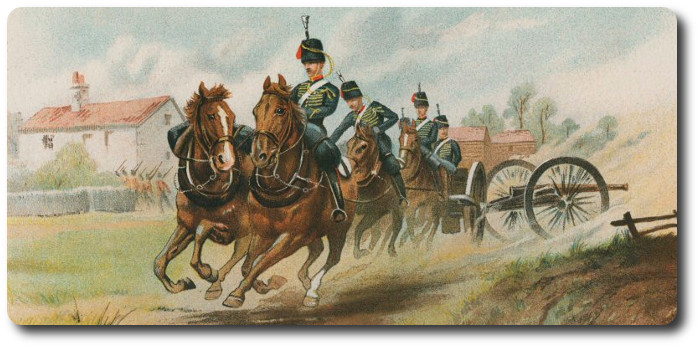
The Horse Artillery (1855)
On one occasion, we are told, a troop advanced five hundred yards (more than a quarter of a mile), fired two rounds, retired five hundred yards, and fired one round, in three minutes and four seconds.
From: Field Service; The Sydney Morning Herald, Sydney, Australia, 11 May 1855
(From the Household Words)
A practical work has just been compiled by the joint labours of several experienced artillery officers, from which we glean a variety of facts, that may prove interesting in reference to the great events of the last few weeks.
The most destructive and scientific arm of the service is the horse, or flying artillery; the performances of a troops of which are sometimes astonishing. A battery of horse artillery is in fact a beautiful machine, composed of a great number and variety of parts. Say it is a battery of six nine-pounder guns with their concomitants. It is waited upon by one hundred and ninety men and one hundred seventy horses,—augmented during the present war, to one hundred and eighty-two horses.
Among the men we find six officers; that is, the captain of the troops, a second captain, three lieutenants and one assistant-surgeon—there being no want of medical aid for such an important arm. Then there are two experienced staff-sergeants, and thirteen other non-commissioned officers. The gunners and drivers form the greater portion of the privates, amounting to about one hundred and sixty men. The residue is made up of two trumpeters, to transit the signals which are given to them by word of mouth from the officers; a farrier, four shoeing-smiths, (each horse requires twelve sets of shoes a year), two wheelwrights, and two collar-makers, with some others.
Of the horses, two each are allowed to the officers; there are four to spare; and the rest are attached, with their riders, to the nine-pounder guns for firing solid shot; the twenty-four-pounder howitzer for firing shells, which accompanies them; the ammunition waggon, the store limber waggon, the store cart, the forge waggon, and the rocket and spare gun carriages.
The list of the articles carried with the guns and waggons is a long one. Round the gun and limber (the limber is the hinder part of the gun-carriage, containing ammunition for immediate use, and which, like the tender to a locomotive, can be detached from the trail of the gun-carriage) are placed felling-axes, bill-hooks, grease-pots, ropes, spades, pickaxes, buckets, lifting-jacks, swingle trees to which the traces are fastened, a prolonge or drag rope, port-fire, spare sets of horseshoes, tent-poles, pegs, picket-posts, reaping hooks for cutting forage, mauls, camp kettles, blankets, and corn-sacks—all of course packed in the most perfect apple-pie order. Among the contents of the various boxes attached to each gun-carriage—near-box, off-box, middle box, and so on—are cork-screws, files, funnels, fuse-boxes, knives, linch-pins, wallets, pincers, saws and a setter, scissors, needles, and a homely bale of worsted; accompanied by solid shot, cartridges, shrapnel shells, bursters, quick-match, and fuse-bags, with other inflammables. Close to the gun are boxes containing a slow match, a set of priming irons, a tin primer—a gun-lock, ten flints, two punches, two spikes, a sponger-head for the gun cleaner, and thumb-stalls; which are flanked by a wadhook, spare sponge, hammers, handspikes, wrenches and pincers. So much for the gun-carriage and limber. Upon looking at the ammunition waggon we see a little magazine with duplicate supplies of every sort of munition—seventy or eighty solid shot, abundance of cartridges, port-fires, tubes, shrapnel shells, fuses, and other scientific appliances for mowing down "good tall fellows" in the most decisive manner. The very sight of these would have utterly extinguished the dandy lord who tried the patience of Hotspur, when "dry with rage and extreme toil," after a hard fight. All are carefully stowed away, according to the homely Teresa Tidy maxim, which is the soul of military arrangements—a place for everything, and everything in its place. To these are added store cart and store lumber waggon carrying supplies of rough iron, wood, and leather, for repairs; also light baggage. The forge waggon carries smith's tools, bellows, iron, shoes, and coal. There is besides a spare gun-carriage with stores, besides a rocket-waggon. Twelve-pounder rockets are destruction against troops at eight hundred to a thousand yards range, and against buildings at six hundred yards. They are especially useful to frighten horses; but they require careful management; without which they are as destructive to friend as to foe. In this train the heaviest load is a twenty-four pounder, on carriage complete, for which ten or twelve horses are required.
The wonderfully rapid evolutions of this expert corps ought to be witnessed on a review-day at their headquarters, Woolwich. On one occasion, we are told, a troop advanced five hundred yards (more than a quarter of a mile), fired two rounds, retired five hundred yards, and fired one round, in three minutes and four seconds. To appreciate this feat it is necessary to remember that, besides getting over the ground, at each halt the guns have to be unlimbered, loaded, pointed, fixed and limbered up again.
A ricoshet fire should be tried as much as possible; that is, the shot should be made to graze the surface at a ground—hop, then fly off again—like a boy, playing at ducks and drakes in the water. It will sometimes hit the ground ten, fifteen, twenty times, and more. The most elevated positions are not the best for artillery, for the greatest effects are produced at a height equal to one-hundredth part of the range of the shot.

Posted by regimentalrogue
at 12:01 AM EST
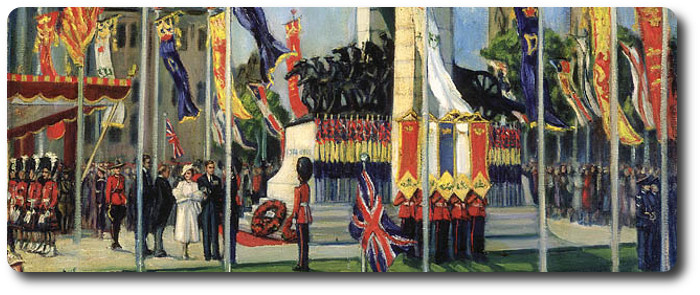
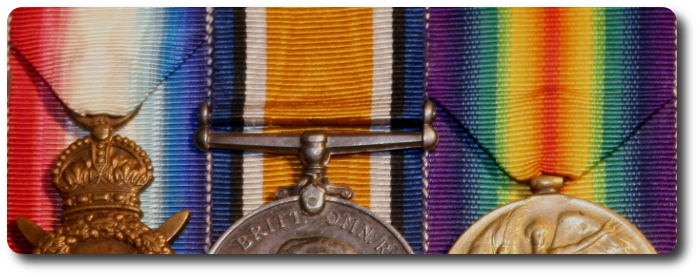


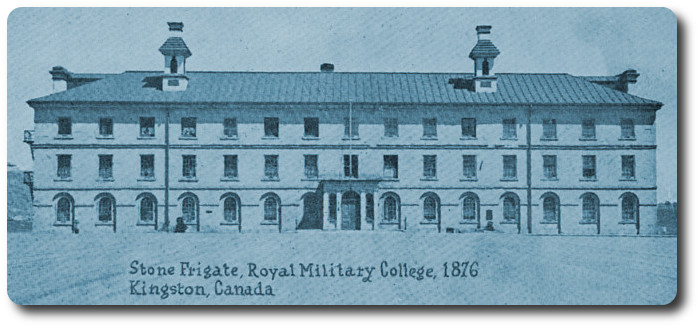
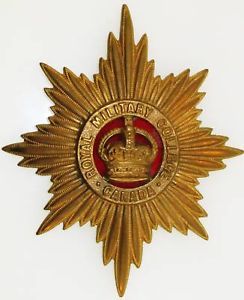 The Royal Military College, of Canada, writes the assistant secretary to the High Commissioner for Canada to a London paper, was founded in Kingston in the year 1875, and was opened in June 1876 with a class of eighteen cadets and a staff consisting of a commandant, a captain of cadets, and three professors.
The Royal Military College, of Canada, writes the assistant secretary to the High Commissioner for Canada to a London paper, was founded in Kingston in the year 1875, and was opened in June 1876 with a class of eighteen cadets and a staff consisting of a commandant, a captain of cadets, and three professors.
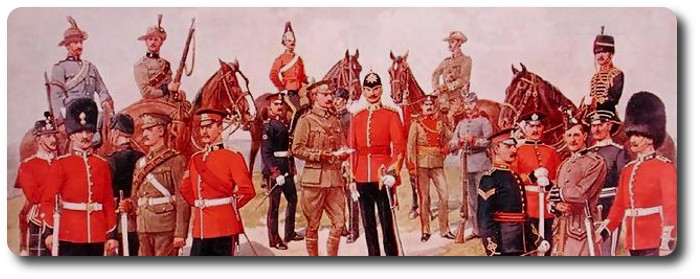
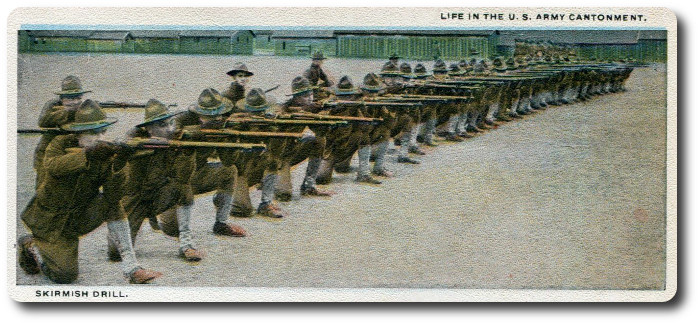

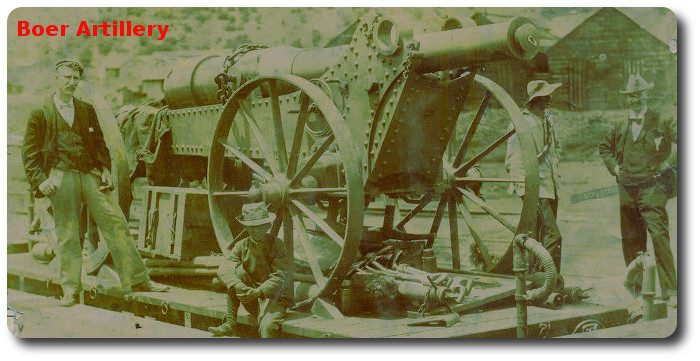
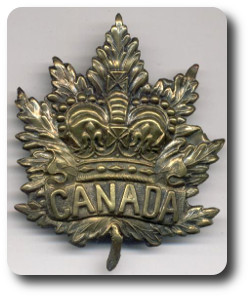 Ottawa, August 7.—(Special)—Of the extensive armament captured from the Boers during the war of 1899-1903 the British Government has awarded four large guns and 700 Mauser rifles to Canada in recognition of the part it took in the great campaign. The weapons will most likely be allotted among the larger cities, the big guns to adorn the public places as mementos of Canada’s baptism of fire and the rifles to do similar duties in military and public museums. These trophies will be of great benefit in preserving the memory of the war that welded the Empire and inspired the young with that hardy manly spirit that forms a strong power in the preservation of the life and virility of a nation.
Ottawa, August 7.—(Special)—Of the extensive armament captured from the Boers during the war of 1899-1903 the British Government has awarded four large guns and 700 Mauser rifles to Canada in recognition of the part it took in the great campaign. The weapons will most likely be allotted among the larger cities, the big guns to adorn the public places as mementos of Canada’s baptism of fire and the rifles to do similar duties in military and public museums. These trophies will be of great benefit in preserving the memory of the war that welded the Empire and inspired the young with that hardy manly spirit that forms a strong power in the preservation of the life and virility of a nation.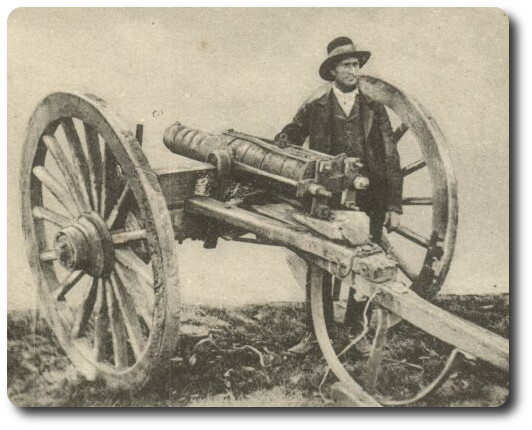



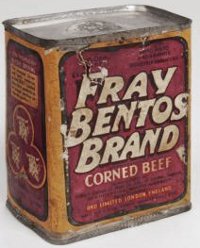


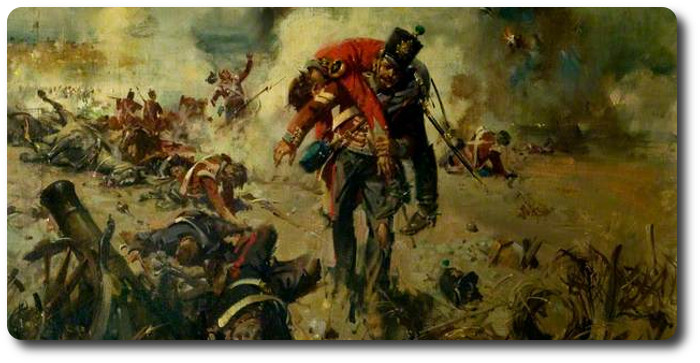


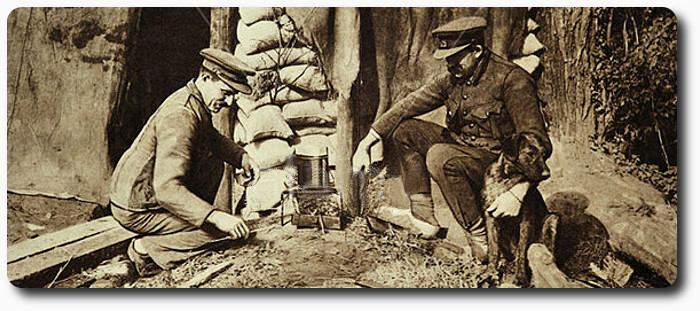
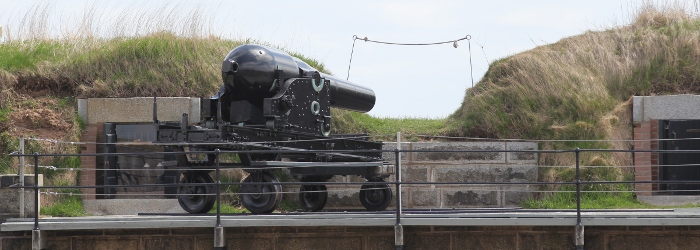
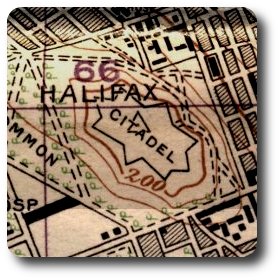 St John Daily Sun, 10 November, 1905
St John Daily Sun, 10 November, 1905
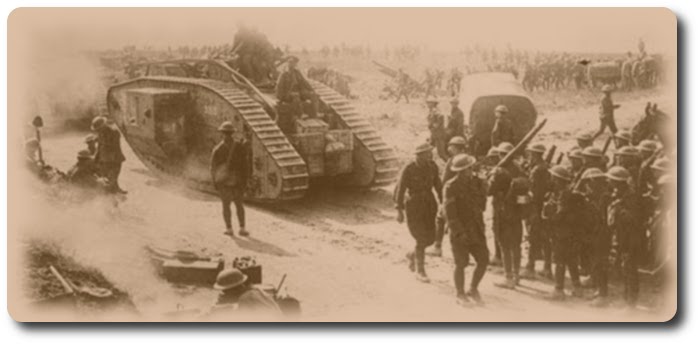


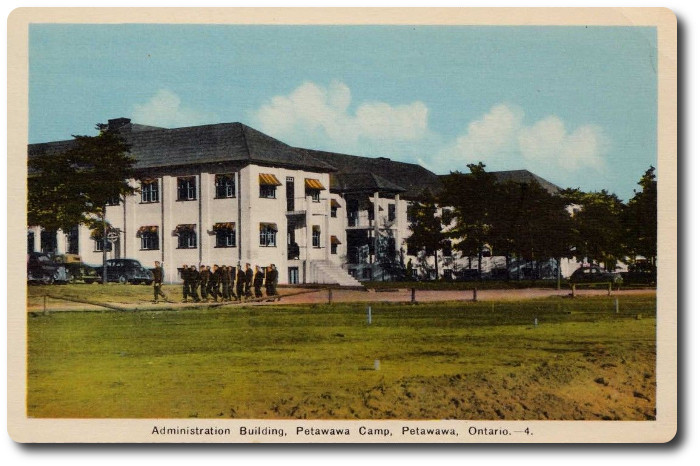
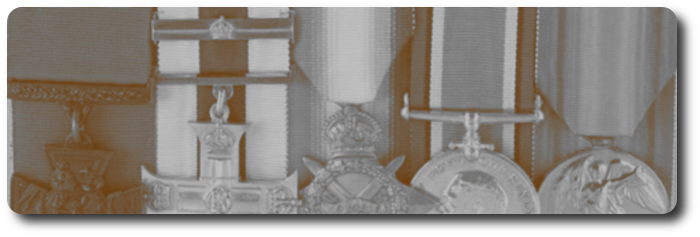
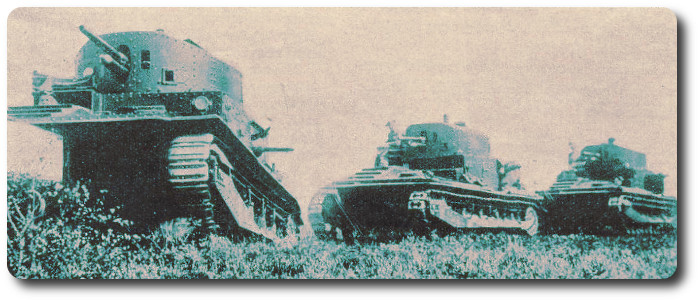
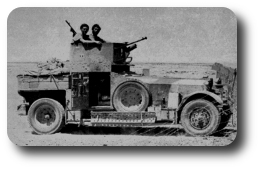 He thought that is the armoured car came more generally into use it would be as a cavalry weapon. If a change were to be effected in the cavalry regiments he thought it possible that they would be armed with a certain number of armoured cars, and fewer horses would be employed. But in his view we could not obliterate the great traditions and efficiency and all the possibilities we now got from our cavalry regiments. "We ought to look before we leap," he said, "We must not too hurriedly and blindly turn everything into machines."
He thought that is the armoured car came more generally into use it would be as a cavalry weapon. If a change were to be effected in the cavalry regiments he thought it possible that they would be armed with a certain number of armoured cars, and fewer horses would be employed. But in his view we could not obliterate the great traditions and efficiency and all the possibilities we now got from our cavalry regiments. "We ought to look before we leap," he said, "We must not too hurriedly and blindly turn everything into machines."